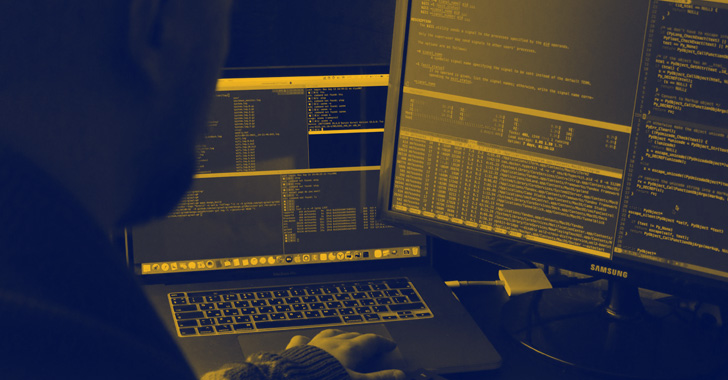Now more than ever, organizations need to enable their development teams to build and grow their security skills. Today organizations face a threat landscape where individuals, well-financed syndicates, and state actors are actively trying to exploit errors in software. Yet, according to recent global research, 67% of developers that were interviewed said they were still shipping code they knew contained vulnerabilities.
Helping your development teams progress to achieve security maturity is possible, and ultimately beneficial. It will help ensure secure software development at every stage of the software development lifecycle.
But how can you help your development teams reach security maturity?
We dug deep and leveraged insights from over 400 of our customers to identify traits and behaviors that occur when a development team increases its security maturity. Here we share two of them:
#1: A deep understanding of your gaps
Before creating any maturity program, we first need to understand the development team itself. What is its existing maturity level? What vulnerabilities do they struggle with? What are the coding languages they use? Only once you have the answers to these types of questions can an organization know what to prioritize in a development team maturity program.
Our research found that several of the organizations interviewed were able to obtain answers to these questions by hosting Secure Code Warrior tournaments. In these tournaments, developers are presented with a series of coding challenges and missions and then compete against each other to identify, locate and fix vulnerabilities. A tournament provides management with insights into what vulnerabilities developers are struggling with and, therefore, what a maturity program can focus on addressing first.
#2: Create a plan to succeed
Building development team security maturity cannot be a once-off, check-the-box approach but should be understood as a continuous cycle of improvement. Successful programs have included realistic goals for the individual developer and the entire team. Having goals keeps developers engaged in the maturity program by giving them a sense of achievement. Some organizations have found leaderboards, rewards for achievements, or offering more exciting projects for mature development teams are great incentives.
Building development team security maturity
By having a deep understanding of your team’s security maturity gaps and by creating a plan all parties support, you are well on your way to formulating a successful maturity program. The rewards are well worth the effort.
As an organization, you will:
- Enable every developer to release secure code and fix code faster
- Minimize risk by reducing recurring vulnerabilities
- Ensure compliance while improving software development at speed
- Improve productivity by significantly reducing the amount of time on rework and security tickets
- Allow senior leaders to focus on critical strategic efforts due to greater efficiency and fewer wasted resources.
LEARN from hundreds of development teams who are successfully increasing their security maturity: The importance of security maturity for development teams (Whitepaper).
